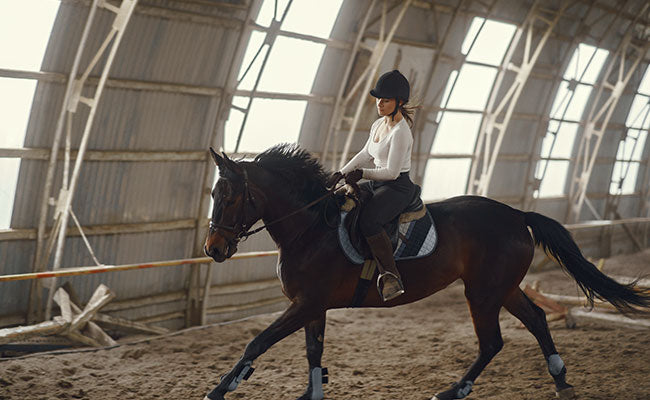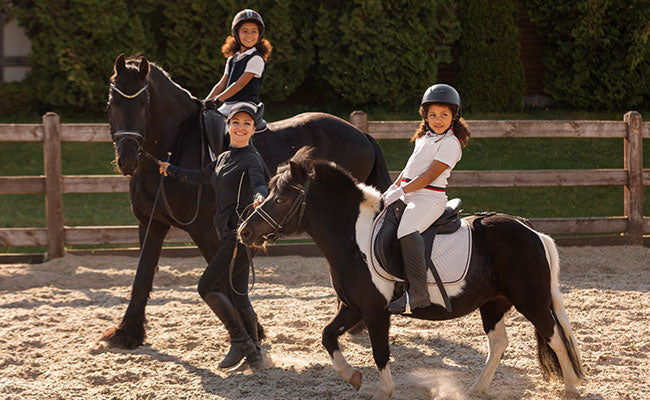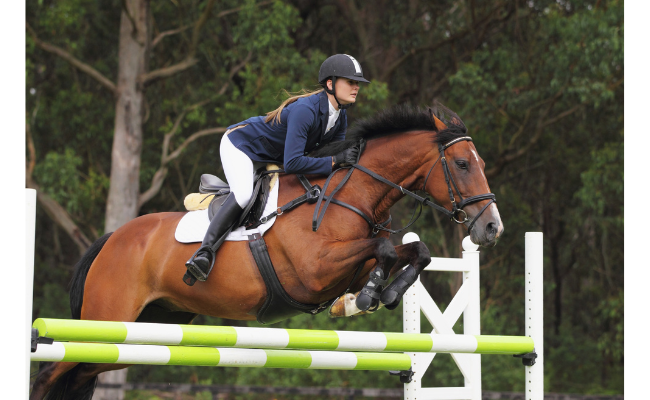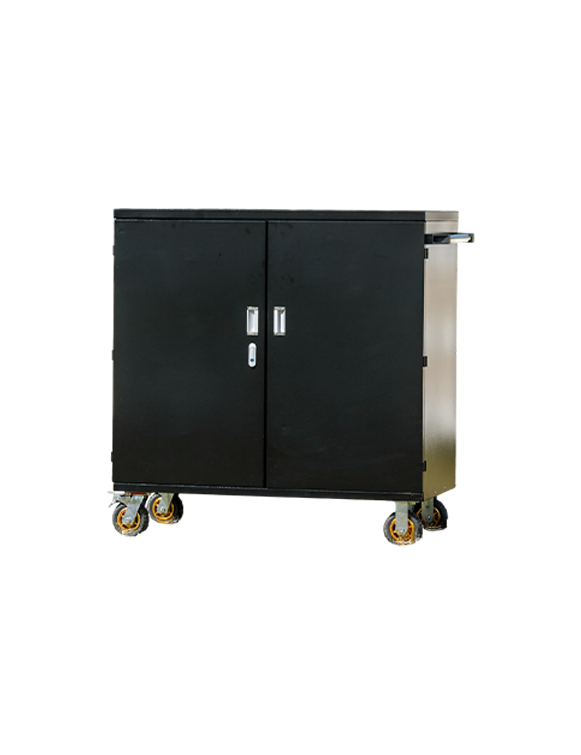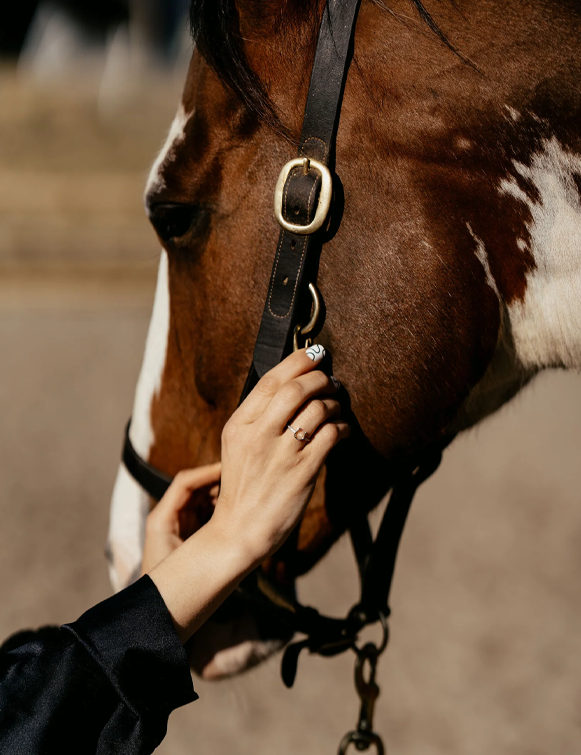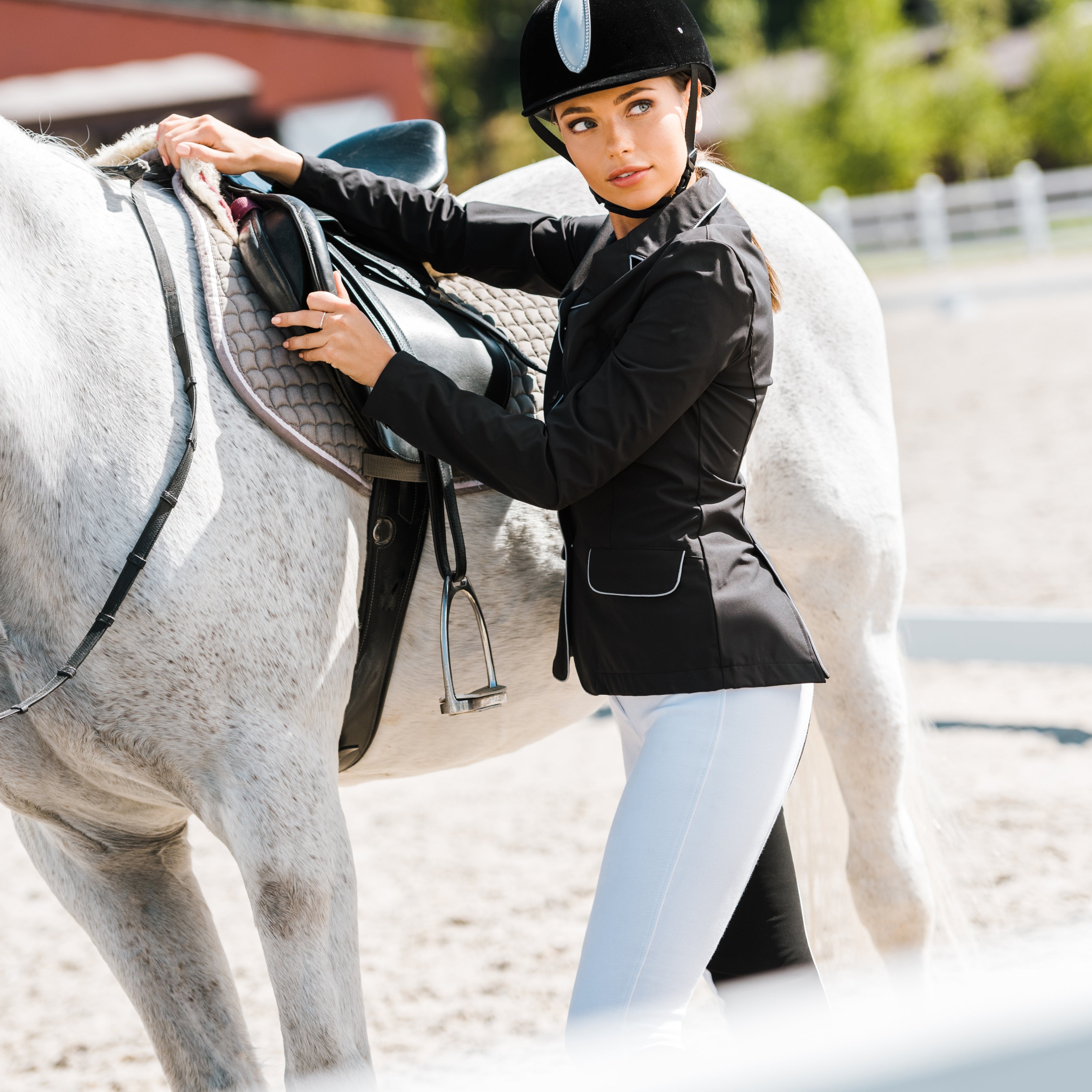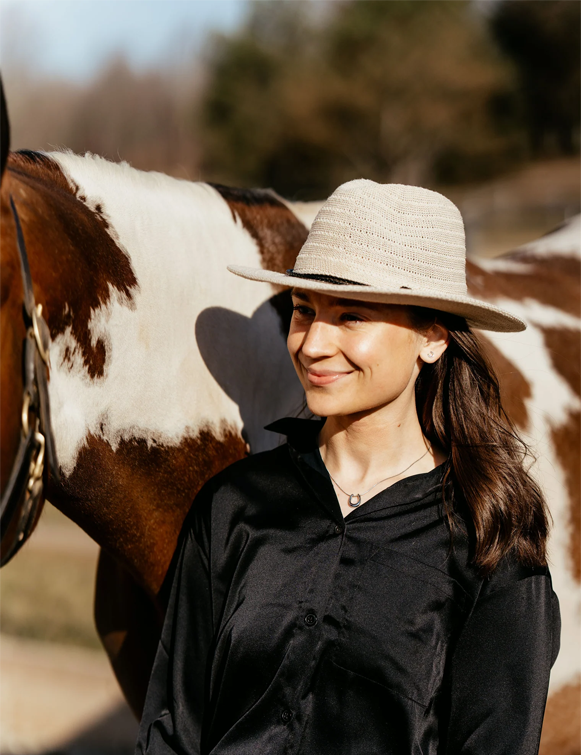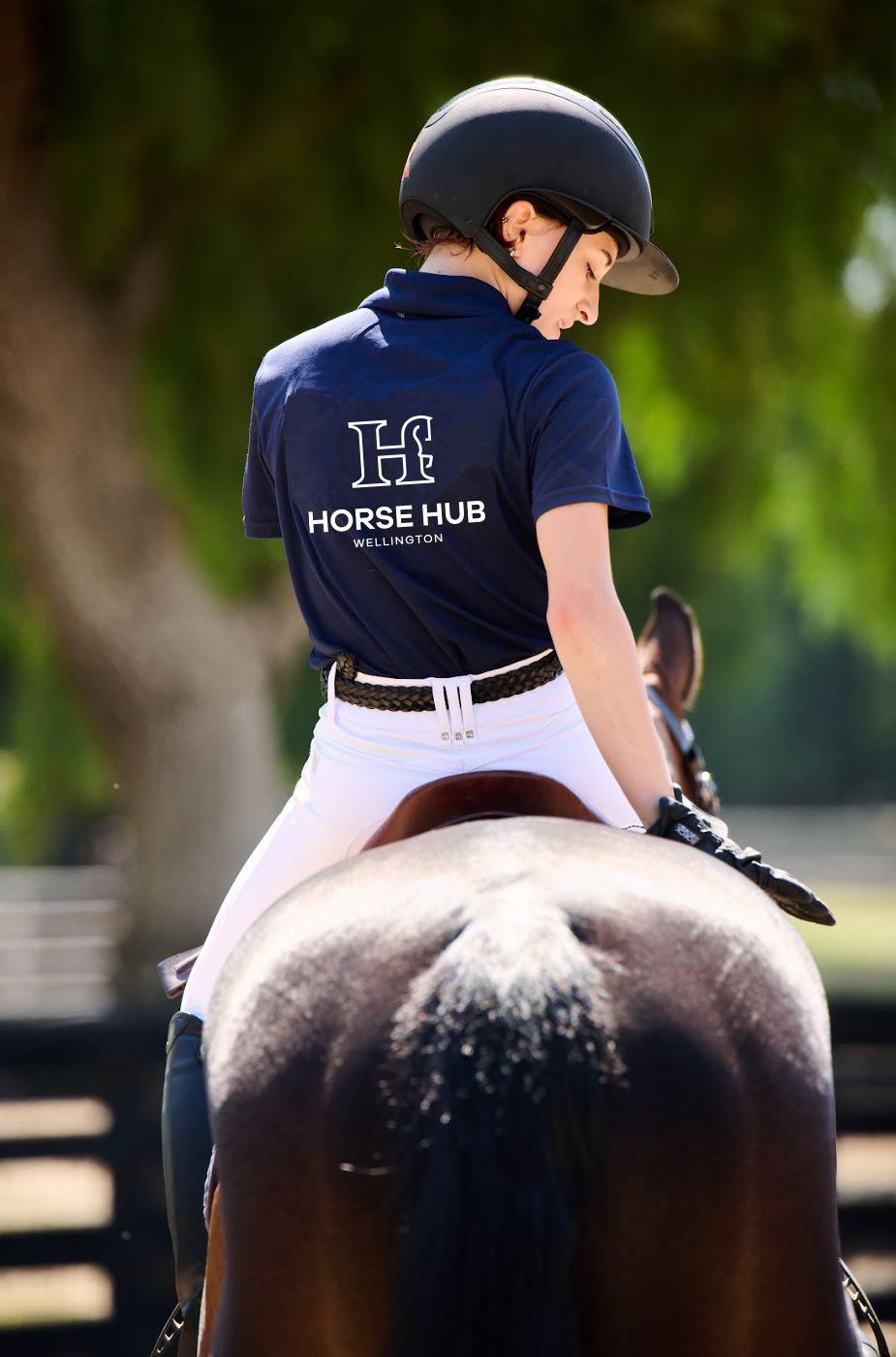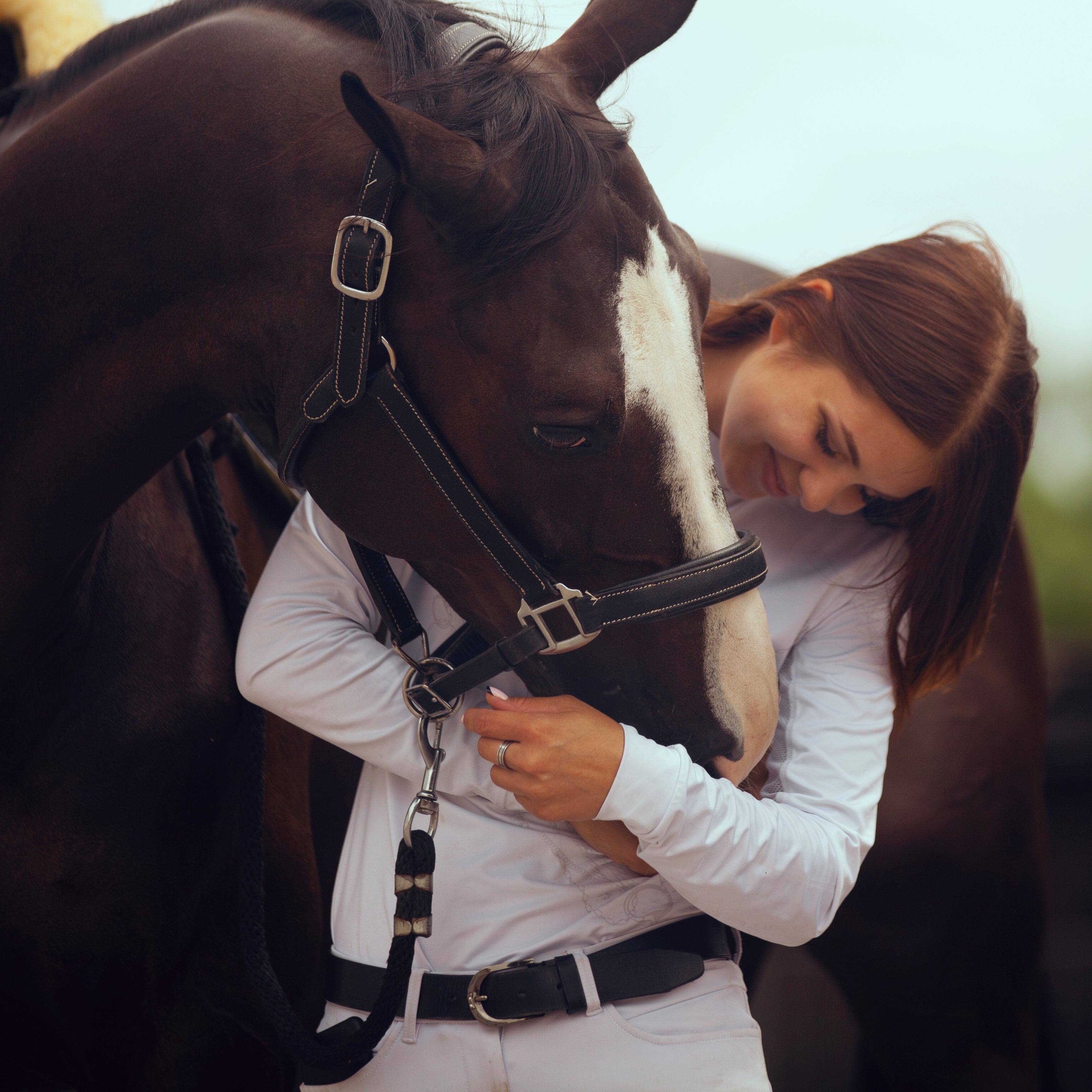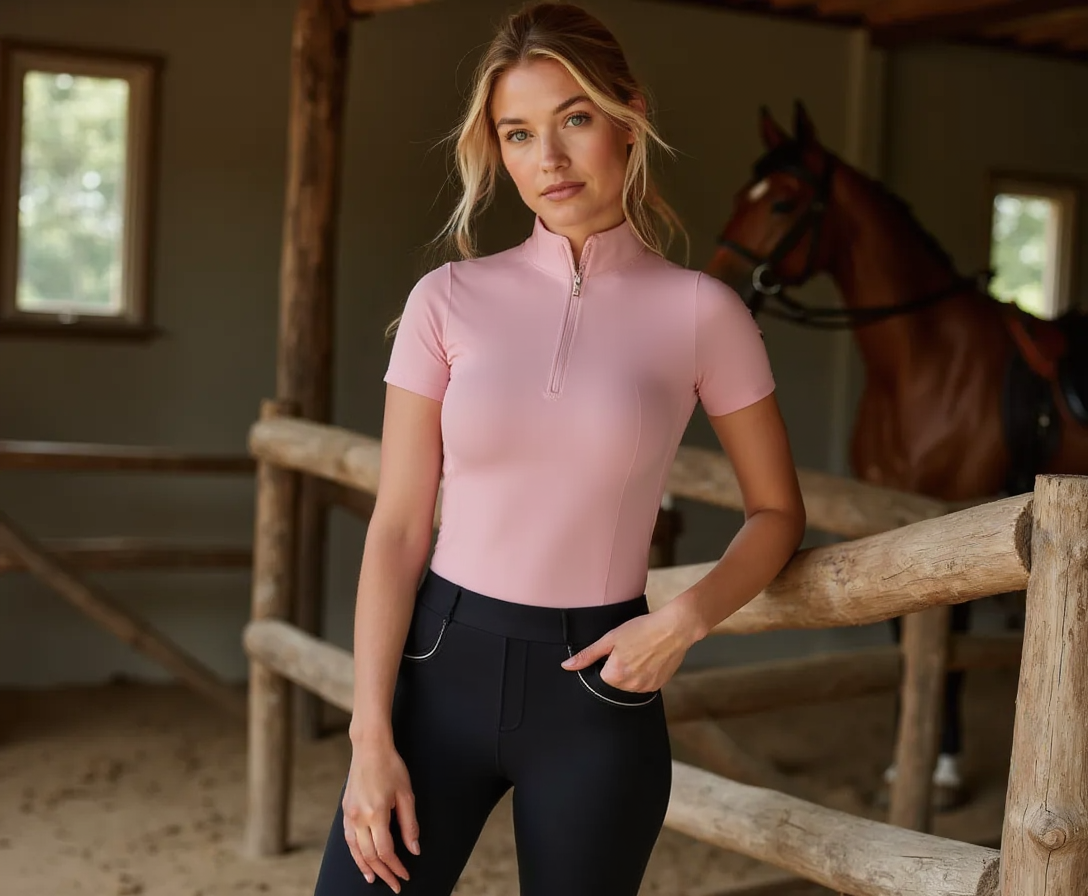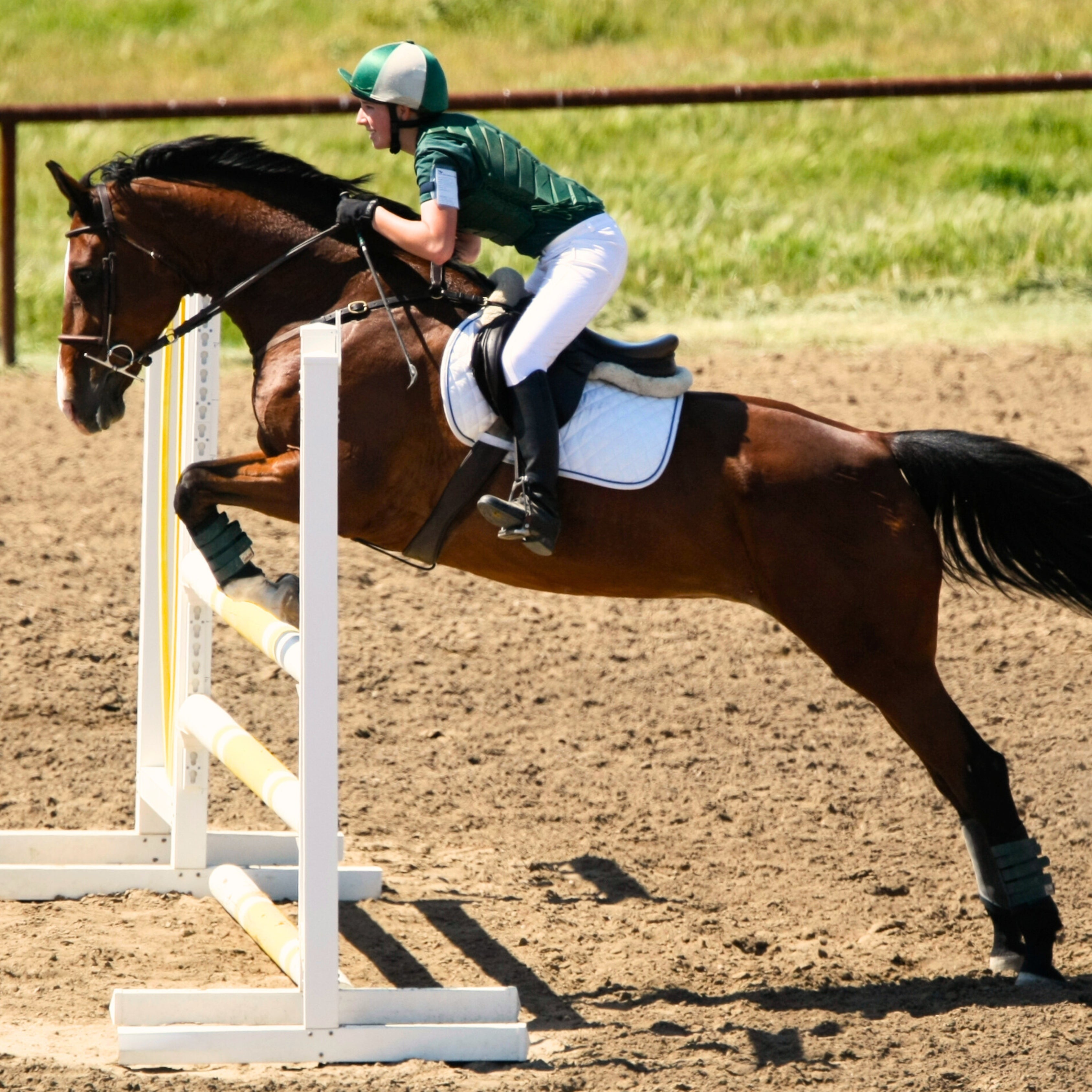
A Comprehensive Guide to Equestrian Competition Types
Equestrian sports are among the most thrilling, disciplined, and skill-driven activities in the world, showcasing the deep connection between horse and rider. Whether you are an aspiring competitor, a passionate horse enthusiast, or simply someone fascinated by the equestrian world, understanding the different equestrian competition types is essential.
From the adrenaline rush of show jumping to the strategic elegance of dressage, and even the endurance-testing challenge of long-distance racing, equestrian competitions offer a diverse range of disciplines. Each competition type has its own set of rules, required skills, and history, making them unique and exciting in their own right. In this guide, we’ll explore the most popular equestrian competition types, breaking down what makes each discipline special, the skills required, and the major events associated with them.
1. Show Jumping: Precision, Speed, and Agility
Among the most well-known equestrian competition types, show jumping is an exhilarating and highly competitive sport that demands a combination of precision, athleticism, and strategic thinking from both horse and rider. It is a test of agility, speed, and control, where competitors must navigate a carefully designed course filled with a variety of obstacles, each presenting unique challenges. These obstacles range in height, width, and complexity, requiring horses to demonstrate incredible athleticism while riders make split-second decisions to maintain balance, pace, and direction.
The primary objective in show jumping is to complete the course with as few faults as possible, showcasing the horse’s ability to clear fences effortlessly while responding seamlessly to the rider’s commands. Riders must plan their routes strategically, ensuring that they approach each jump at the right angle and speed to avoid penalties. Mistakes such as knocking down rails, refusals (when the horse stops in front of a jump), or exceeding the time limit result in faults that can cost valuable points or even disqualify a rider from the competition.
Show jumping courses are designed to challenge both horse and rider by incorporating technical elements such as tight turns, related distances between jumps, and combinations that test a horse’s ability to adjust its stride mid-course. Success in this discipline requires extensive training, trust between horse and rider, and the ability to adapt to various course designs, making show jumping one of the most thrilling and widely recognized equestrian competition types in the world.
How Show Jumping Works
Show jumping is an intense and fast-paced equestrian discipline that requires horse and rider to complete a course of obstacles in a specific order while striving for precision, agility, and speed. Each course is meticulously designed to test the horse’s athleticism, the rider’s decision-making skills, and the pair’s ability to navigate technical challenges under pressure.
A standard show jumping course consists of multiple fences strategically placed within an arena, often incorporating a combination of verticals, oxers, triple bars, and intricate jump sequences. Each type of jump presents a unique difficulty:
-
Verticals – Single-rail jumps that require horses to clear the fence with a well-timed takeoff.
-
Oxer Jumps – Wider fences made up of two or more poles set apart, demanding both power and coordination.
-
Triple Bars – A sequence of three ascending rails, requiring increased scope and precision.
-
Combinations (Double or Triple Combinations) – Two or three jumps placed closely together, challenging the horse’s ability to adjust its stride quickly.
The objective in show jumping is to complete the course while keeping all the rails intact and staying within the time allowed. Riders accumulate faults (penalty points) for various mistakes, which can significantly impact their final standing. The most common faults include:
-
Knocking down a rail – If a horse touches a fence and dislodges a rail, it results in a penalty (usually 4 faults).
-
Refusal – If a horse refuses or hesitates before a jump, stopping forward motion, the rider incurs faults. Multiple refusals can lead to disqualification.
-
Run-out – When a horse avoids the jump completely by moving sideways instead of jumping, causing an elimination.
-
Exceeding the time limit – Each course has a set time allowed. Riders who finish the course too slowly receive time penalties.
The winner of the competition is determined by the fastest clear round, meaning the rider who completes the course without faults in the shortest amount of time. In some cases, if multiple riders achieve clear rounds, a jump-off is held. The jump-off is a shortened version of the course, where competitors aim to finish even faster while maintaining accuracy.
At the highest levels of competition, including Grand Prix show jumping and international championships, fences can reach up to 1.6 meters in height, testing the limits of even the most seasoned equestrians. Courses become increasingly technical, requiring riders to make split-second decisions on stride length, speed adjustments, and jump angles. The level of skill, trust, and communication between horse and rider is paramount, making show jumping one of the most exhilarating and widely recognized equestrian competition types worldwide.
Variations of Show Jumping
Show jumping is a diverse and exciting sport that includes several variations, each designed to test different aspects of a horse and rider’s skill set. While traditional show jumping focuses on clearing a set course with the fewest faults, other formats introduce unique challenges, making this one of the most adaptable equestrian competition types.
1. Grand Prix Show Jumping
Grand Prix show jumping represents the pinnacle of the sport, featuring elite-level competitions where riders face highly technical courses with fences reaching up to 1.6 meters in height. This variation demands not only exceptional athleticism from the horse but also strategic decision-making and flawless execution from the rider. Grand Prix courses often include difficult combinations, tight turns, and challenging distances between jumps, making them a true test of skill.
Some of the most prestigious Grand Prix events are held at international championships, including the Olympics, World Equestrian Games, and FEI World Cup Finals. Only the most accomplished riders and horses qualify for these top-tier competitions, where even the smallest mistakes can mean the difference between victory and elimination.
2. Speed Classes
Speed classes bring an extra element of excitement to show jumping by prioritizing time over precision. In this format, riders must complete the course as quickly as possible while attempting to keep all the rails intact. Unlike traditional show jumping, minor faults (such as knocking down a rail) may not be as penalizing as a slow overall time.
Speed classes require a horse that is not only fast but also nimble and responsive. Riders take tight turns, accelerate between fences, and plan the most efficient routes to shave seconds off their time. These events are often crowd favorites due to their high-energy atmosphere and thrilling finishes.
3. Puissance (High Jump Competition)
Puissance is one of the most thrilling variations of show jumping, testing a horse’s raw power and jumping ability. Unlike standard courses, Puissance is a progressive height competition where riders attempt to clear increasingly taller fences in each round. The final jump, known as the Puissance wall, is a large, solid vertical jump that can reach incredible heights—often over 2 meters (6.5 feet).
Horses competing in Puissance must have exceptional strength, bravery, and confidence, as clearing such massive heights requires perfect timing and power. Riders and horses who successfully clear the highest jumps without knocking down the wall are crowned winners. This variation is a true spectacle in the equestrian world, often drawing large audiences at major horse shows.

Major Show Jumping Competitions
Show jumping is a globally recognized sport with prestigious competitions held across the world. Some of the most famous and competitive events include:
1. Olympic Show Jumping
Held every four years, the Olympic show jumping competition is one of the most prestigious events in equestrian sports. Riders from different countries compete in individual and team events, facing highly challenging courses that test their ability to adapt under pressure. The Olympic format demands excellence, as even a single rail down can determine medal placements.
2. FEI Show Jumping World Cup
The Fédération Équestre Internationale (FEI) World Cup is one of the most sought-after titles in show jumping. It consists of multiple qualifying events held around the world, leading up to a grand final where the best riders compete for the championship. This event attracts top riders from every continent and is considered one of the ultimate tests of show jumping ability.
3. Longines Global Champions Tour
The Longines Global Champions Tour (LGCT) is a premier international show jumping series that takes place in some of the most glamorous cities in the world, including Paris, London, and Doha. Unlike traditional championships, LGCT operates as a circuit of elite competitions, featuring top-ranked riders battling for points and prize money throughout the season. With world-class venues and high-stakes competition, it is one of the most exciting series in modern equestrian sports.
Why Show Jumping is One of the Most Popular Equestrian Competition Types
Show jumping continues to be one of the most thrilling and widely recognized equestrian competition types due to its dynamic, high-speed nature and the level of skill required to succeed. It combines the elegance of dressage, the precision of gymnastics, and the excitement of racing, creating an electrifying sport that appeals to both equestrian enthusiasts and casual spectators alike.
What makes show jumping particularly fascinating is the incredible partnership between horse and rider. Unlike other equestrian disciplines where performance is based solely on skill or endurance, show jumping requires perfect communication, trust, and split-second decision-making. Riders must adjust their pace, determine the ideal takeoff point, and control the horse’s stride, all while ensuring they clear the fences successfully.
Additionally, show jumping is one of the few equestrian competition types that is truly global, with events taking place on every continent and riders from diverse backgrounds achieving success. Whether at the Olympics, the FEI World Cup, or a local equestrian event, show jumping continues to captivate audiences with its intensity, unpredictability, and stunning displays of athleticism.
2. Dressage: The Art of Equestrian Elegance
Often referred to as the ballet of equestrian sports, dressage is a discipline that highlights the beauty, precision, and harmony between horse and rider. Unlike other equestrian competition types that emphasize speed or jumping ability, dressage is focused on refinement, communication, and fluidity of movement. The ultimate goal of dressage is to showcase the horse’s ability to perform intricate movements with grace, balance, and responsiveness, all while appearing effortless.
A well-trained dressage horse moves with precision, demonstrating suppleness, obedience, and seamless transitions between gaits. Unlike disciplines where riders use overt cues, dressage relies on invisible communication, where the slightest shift in weight or subtle rein aid can instruct the horse to perform complex maneuvers. This discipline requires years of patient training to develop the physical and mental abilities of both horse and rider, making it one of the most technically demanding equestrian competition types.

How Dressage Works
Dressage competitions take place in a rectangular arena, either 20m x 40m (for lower levels) or 20m x 60m (for advanced levels). The rider must guide their horse through a set pattern of movements, known as a "test," which is predetermined based on the level of competition. These tests are meticulously designed to assess a horse’s ability to execute precise movements with ease and fluidity.
Each movement within the test is scored by a panel of judges on a scale of 0 to 10, with 10 being "excellent" and 0 indicating "not performed." The horse and rider’s overall presentation, harmony, and execution of movements are all factored into the final score.
At the most advanced levels, dressage requires a high degree of collection, meaning the horse must engage its hindquarters, elevate its forehand, and move with powerful yet controlled energy. Some of the most challenging and prestigious movements in dressage include:
-
Piaffe – A highly controlled trot performed in place, requiring extreme balance and strength.
-
Passage – An elegant, elevated trot with a dramatic moment of suspension between steps.
-
Pirouette – A 360-degree turn performed at a canter, demonstrating the horse’s agility and responsiveness.
-
Half-Pass – A lateral movement where the horse moves diagonally while maintaining forward momentum.
Each of these movements is a reflection of years of training, as they require not just physical ability but also deep mental focus from the horse.
3. Eventing: The Ultimate Test of Versatility
Eventing, often described as the "triathlon of equestrian sports," combines three distinct disciplines: dressage, cross-country, and show jumping. This demanding and highly technical competition challenges both horse and rider, requiring them to excel in multiple areas of horsemanship. Unlike single-discipline competitions, eventing tests a horse’s obedience, agility, speed, and endurance over multiple days, making it one of the most rigorous and prestigious equestrian competition types.
Horses competing in eventing must be well-rounded athletes, capable of performing with grace and precision in dressage, boldness and stamina in cross-country, and agility and accuracy in show jumping. Riders, too, must possess exceptional skill and adaptability, as they must shift seamlessly between the finesse of dressage, the adrenaline rush of galloping over solid cross-country obstacles, and the technical precision of show jumping in an enclosed arena.
The Three Phases of Eventing
-
Dressage Phase – Similar to traditional dressage, this phase tests a horse’s precision, obedience, and smooth transitions through a series of predefined movements.
-
Cross-Country Phase – The most thrilling phase, where riders navigate a long outdoor course filled with natural obstacles such as water jumps, logs, ditches, and steep hills. The goal is to complete the course within the set time while maintaining control and rhythm.
-
Show Jumping Phase – The final phase, where riders must clear a series of fences in an enclosed arena, demonstrating agility, control, and accuracy after the endurance-testing cross-country portion.
Major Eventing Competitions
-
Badminton Horse Trials (UK) – One of the most prestigious and historic eventing competitions in the world.
-
Burghley Horse Trials (UK) – Known for its challenging cross-country course and elite competition.
-
Kentucky Three-Day Event (USA) – The premier North American eventing competition, attracting top riders from around the globe.
Eventing is one of the most physically and mentally demanding equestrian competition types, requiring horses to be well-rounded, exceptionally trained, and mentally resilient. The ability to succeed in all three phases makes it a true test of versatility, endurance, and the partnership between horse and rider.
4. Endurance Riding: The Ultimate Test of Stamina
Endurance riding is an equestrian marathon, where horses and riders cover long distances ranging from 25 miles to 100 miles in a single event. This discipline requires strategic pacing, conditioning, and careful management of the horse’s health.
How Endurance Riding Works
Unlike traditional racing, endurance riding is not just about speed but also about maintaining the horse’s fitness throughout the race. Riders must pass through multiple veterinary checkpoints, where horses are monitored for signs of fatigue or distress. The goal is to finish with a horse that is still in top condition.
Famous Endurance Races
-
Tevis Cup (USA) – A grueling 100-mile race through the Sierra Nevada mountains.
-
Mongol Derby (Mongolia) – The longest and toughest endurance race, covering over 600 miles.
Endurance riding is a highly respected equestrian competition type, ideal for riders who love long-distance challenges and outdoor adventure.

5. Western Riding Competitions: The Cowboy’s Playground
Western riding originated from ranch work and cowboy traditions, evolving into a series of competitive events that test speed, precision, and horsemanship.
Popular Western Riding Disciplines
-
Reining – Similar to dressage, but with quick spins, sliding stops, and lead changes.
-
Barrel Racing – A high-speed event where riders race around barrels in a cloverleaf pattern.
-
Cutting – A skill-based competition where a rider and horse must separate a cow from a herd.
Major Western Riding Events
-
National Finals Rodeo (NFR)
-
AQHA World Championship Show
-
Calgary Stampede
Western disciplines are among the most entertaining equestrian competition types, showcasing the athleticism of both horse and rider in a thrilling format.
Conclusion
With so many equestrian competition types available, there is a discipline suited for every rider, whether they seek precision, speed, endurance, or artistry. Each competition type offers its own unique challenges and rewards, allowing riders to develop specialized skills while deepening their connection with their horse.
If you thrive on speed and agility, show jumping may be the perfect choice, where split-second decisions and technical precision determine success. Riders who appreciate grace, harmony, and finesse may be drawn to dressage, a sport that refines the communication between horse and rider through intricate movements and elegant routines. For those who love adventure and testing their limits, eventing provides the ultimate challenge by combining dressage, cross-country, and show jumping into one demanding competition.
Additionally, riders with a passion for long-distance endurance and strategy may excel in endurance riding, while those who enjoy Western traditions and fast-paced events might explore barrel racing, reining, or cutting competitions.
Regardless of the discipline you choose, equestrian sports provide opportunities for growth, learning, and an unbreakable bond with your horse. From beginners taking their first steps into competition to elite athletes competing on the world stage, there is always something new to learn and master.
Looking to gear up for your next competition? Visit MyHorseHub for high-quality equestrian apparel and accessories!

